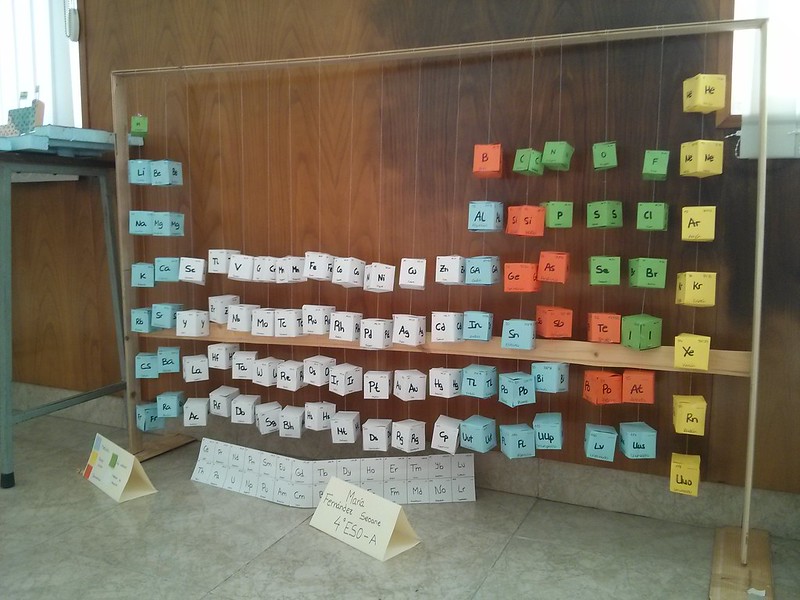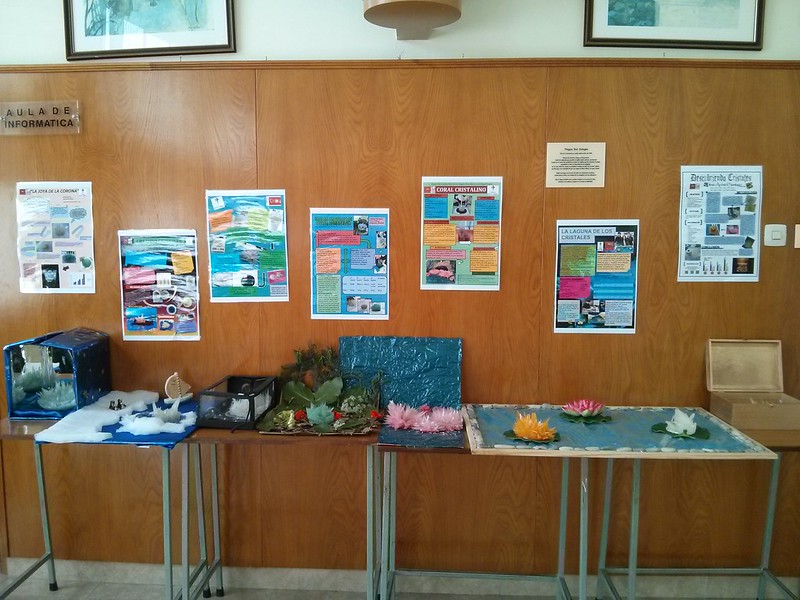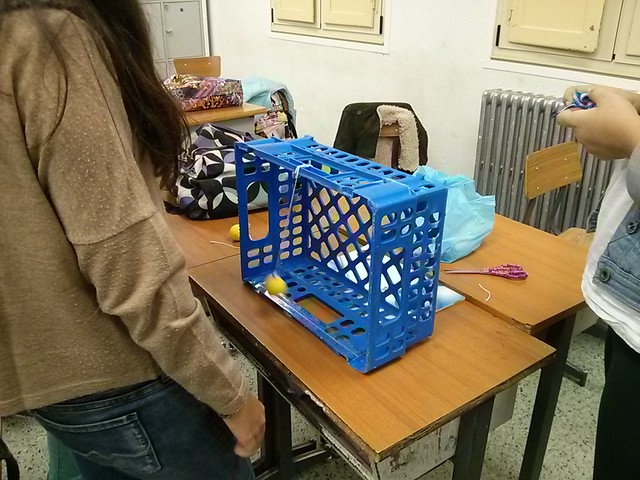
OER Logo
Although a litle bit late I’ve just joined to a course called ‘Open Content Licensing for Educators‘. This course is delivered by OERu and the goal is to learn about the concepts of open educational resources, copyright and Creative Commons open licenses to achieve more sustainable education for all.
I started some years ago to read about OER and Creative Commons. Some of my last post in this blog are related to these topics. For example three recent posts were:
The first activity (Activity 0.1) consists on creating a blog in WordPress or Blogspot. As I already had this personal blog based on WP, I could jumped to the next part of the activity where the requirement is providing content. A few paragraphs (about 300 words in total) introducing myself and what I would like to achieve by maintaining a blog to support my learning was the first piece of content required.
I’m not going to be too descriptive about myself in this post because I already posted about me in About me and you can read my updated CV linked from the right menu of this blog.
Another requirement was to insert an image, properly attributed with the necessary permissions for reuse, so I went to Wikimedia and found the OER logo under a CC-BY-SA-3.0 license. I inserted the OER logo that you can see at the top of this post.
This post will be tagged with the course tag #OCL4Ed to meet another useful requirement for this activity. The last task consist on inviting someone else to add a comment to this post so if you’re reading this post, please take a minute to comment it. 🙂
I’ll keep posting about my experience along this course.
Thanks for reading













